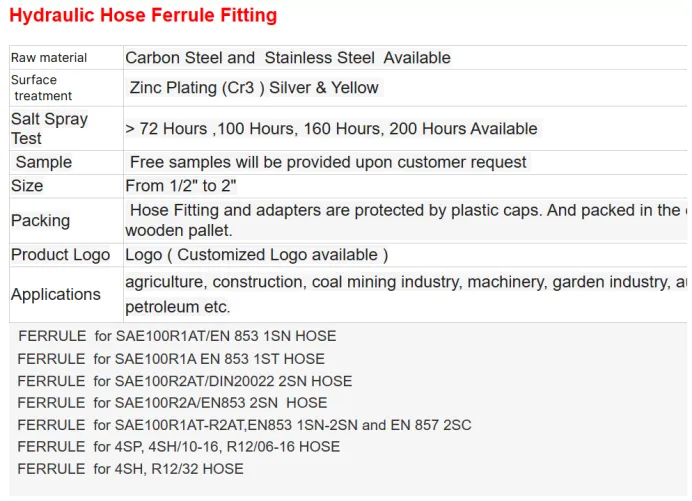Oct . 19, 2024 08:16 Back to list
metal cages for rocks
Metal Cages for Rocks A Revolutionary Approach in Geotechnical Engineering
The utilization of metal cages for rocks has emerged as a groundbreaking solution in the field of geotechnical engineering. This innovative approach combines the durability and structural integrity of metal with the inherent strength and stability of rocks, ultimately yielding significant advantages in various constructions and environmental applications. In this article, we will explore how metal cages are designed, their applications, advantages, and the future prospects of this technology.
Understanding Metal Cages
Metal cages, often referred to as gabions, are wire mesh containers filled with rocks, concrete, or other materials. These cages are constructed from high-tensile strength wire, typically galvanized or coated to enhance corrosion resistance and longevity. The design allows for flexibility and adaptability, making them suitable for various applications such as retaining walls, steep slope stabilization, erosion control, and even aesthetic landscaping.
Applications of Metal Cages for Rocks
1. Erosion Control One of the primary applications of metal cages filled with rocks is to combat soil erosion. When placed along riverbanks, coastal areas, or slopes, these structures provide a stable barrier that mitigates the impact of water flow and wind, preventing the loss of soil and stability.
2. Retaining Walls Metal cages are often used to create retaining walls that support soil and prevent landslides in hilly terrains. Their permeable structure allows for water drainage, reducing hydrostatic pressure behind the wall, which enhances stability and prolongs the lifespan of the structure.
3. Landscaping In landscaping, metal cages filled with aesthetically pleasing rocks can be utilized to create visually appealing features such as decorative walls, flower beds, and pathways. The combination of functionality and visual appeal makes them a popular choice among landscape architects.
4. Flood Management In flood-prone areas, gabion structures can act as a buffer against rising water levels. By strategically placing metal cages in key locations, municipalities can manage and redirect water flow, thus minimizing flood damage to properties and infrastructure.
5. Road and Railway Construction Metal cages are also used in the construction of roads and railways, particularly in areas with challenging geological conditions. They provide much-needed support while allowing for expansion and contraction due to temperature changes and other stresses.
Advantages of Metal Cages for Rocks
metal cages for rocks

The use of metal cages in geological engineering boasts several advantages, making them an increasingly popular choice among engineers and architects.
1. Durability Constructed from tough, weather-resistant materials, metal cages can withstand harsh environmental conditions, including extreme temperatures and heavy rainfall. This durability translates to longer life spans and reduced maintenance.
2. Cost-Effectiveness Although the initial investment might be higher than alternative materials, the longevity and low maintenance requirements of metal cages make them a cost-effective choice in the long run.
3. Environmental Friendliness Metal cages promote sustainability. By utilizing natural rocks and minimizing the use of cement in certain applications, they reduce the carbon footprint associated with construction. Furthermore, they can create habitats for local wildlife when used in landscaping and erosion control.
4. Flexibility and Adaptability The design of metal cages allows for a high degree of flexibility. They can be manufactured in various sizes and shapes to accommodate specific site conditions and project requirements, making them highly adaptable.
Future Prospects
As the construction and engineering industries continue to evolve, the application of metal cages for rocks is likely to expand. Innovations in material science could lead to even stronger and more resilient metal compositions, while the integration of smart technologies could allow for real-time monitoring of structural integrity.
Additionally, as environmental concerns become increasingly prominent, the demand for sustainable building solutions will likely drive further adoption of metal cages in various sectors. From urban developments to infrastructure projects, the future of metal cages in geotechnical engineering looks promising.
Conclusion
Metal cages for rocks represent a significant advancement in geotechnical engineering, offering durability, adaptability, and sustainability. Their versatility allows them to serve multiple functions, from erosion control to aesthetic landscaping. As technology and environmental sustainability intertwine, metal cages will undoubtedly play a crucial role in shaping the future of construction and infrastructure development.
-
Reliable Nails for Every Construction Project
NewsJun.10,2025
-
Reliable Iron Nails for Every Project
NewsJun.10,2025
-
Razor Wire Solutions for Enhanced Security
NewsJun.10,2025
-
Hydraulic Hose Ferrule Fittings: Key to a Strong Hydraulic System
NewsJun.10,2025
-
Field Fencing: Secure Your Property with the Best Solutions
NewsJun.10,2025
-
Euro Fences: The Ultimate Choice for Security and Style
NewsJun.10,2025









